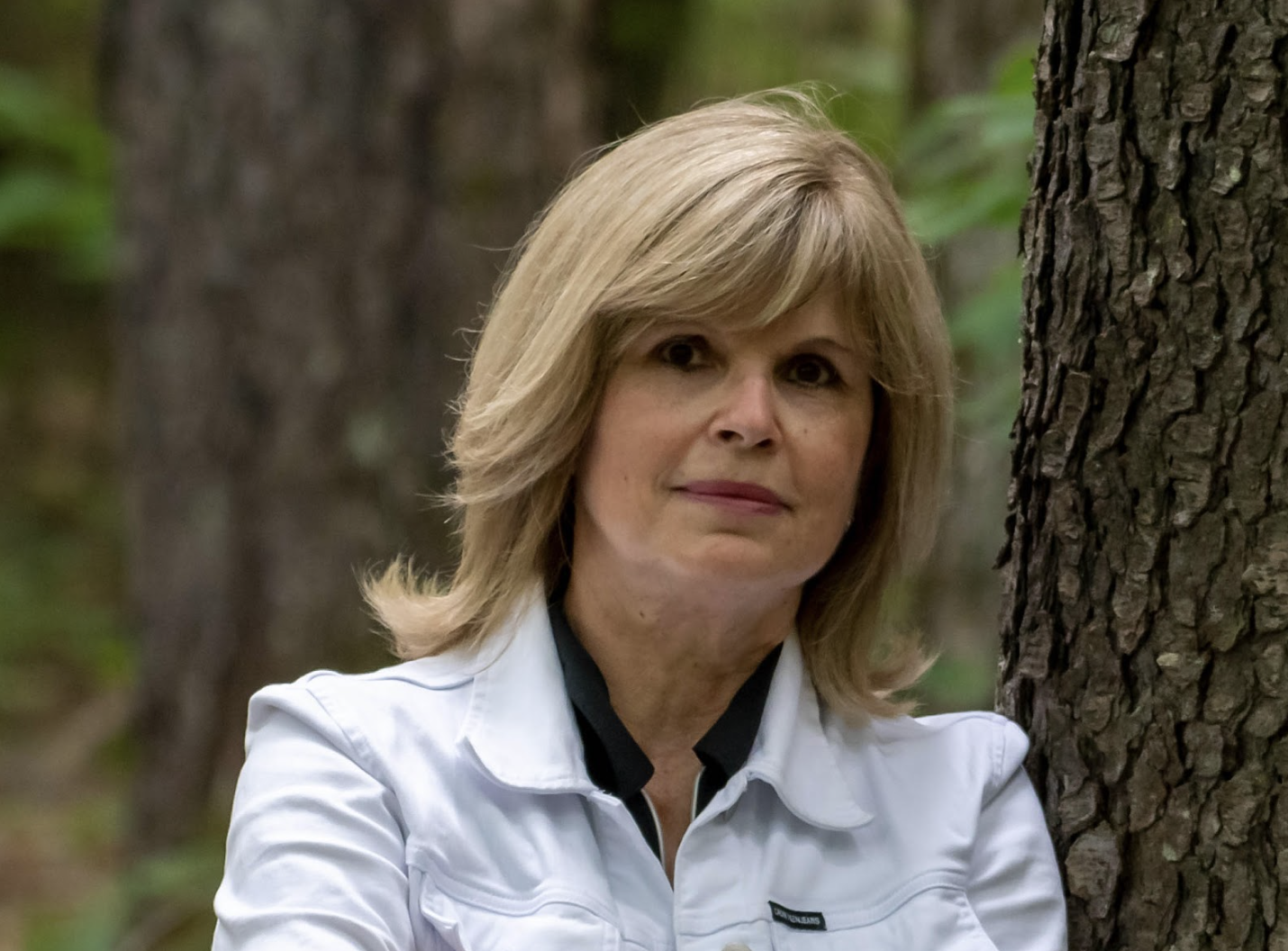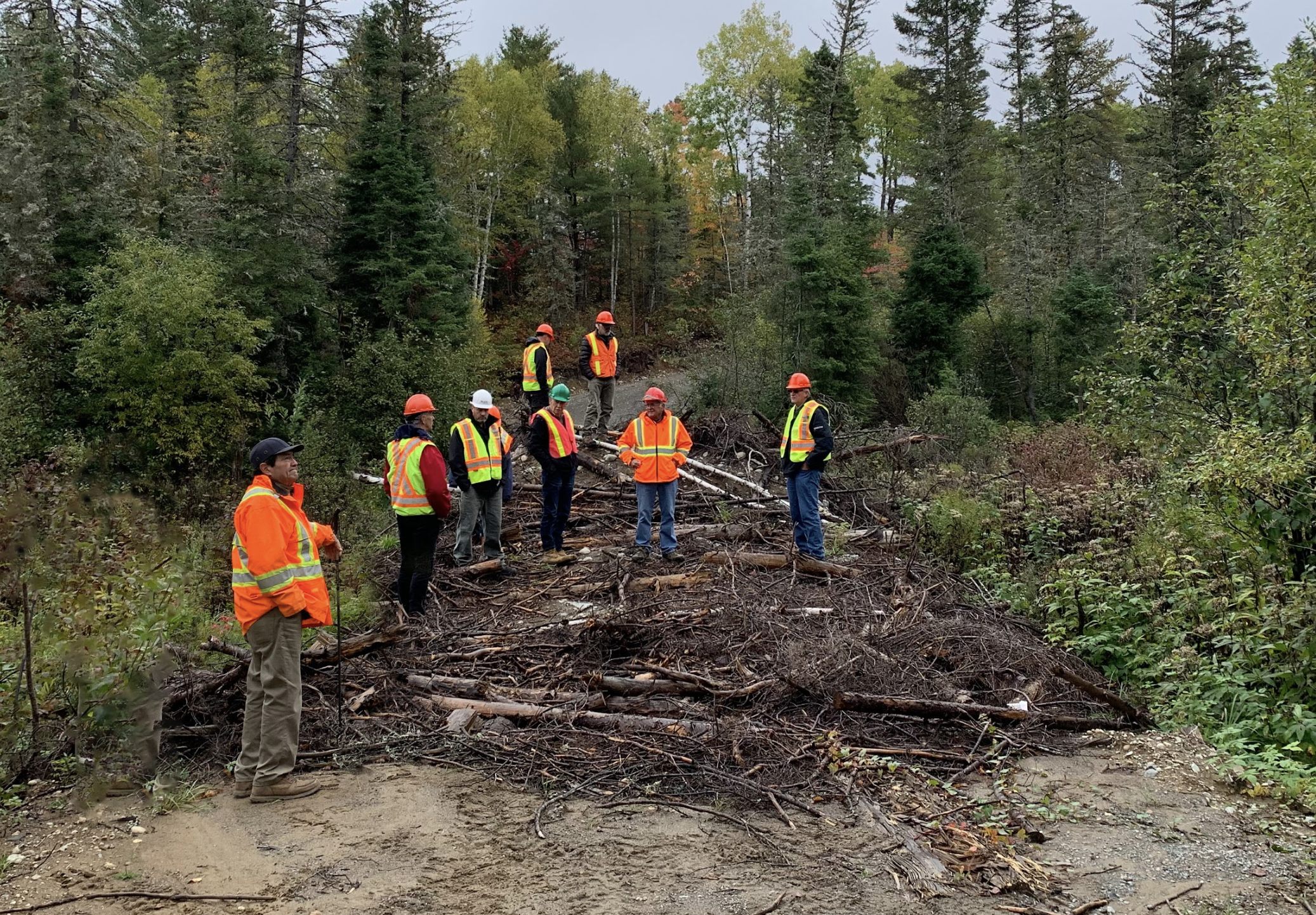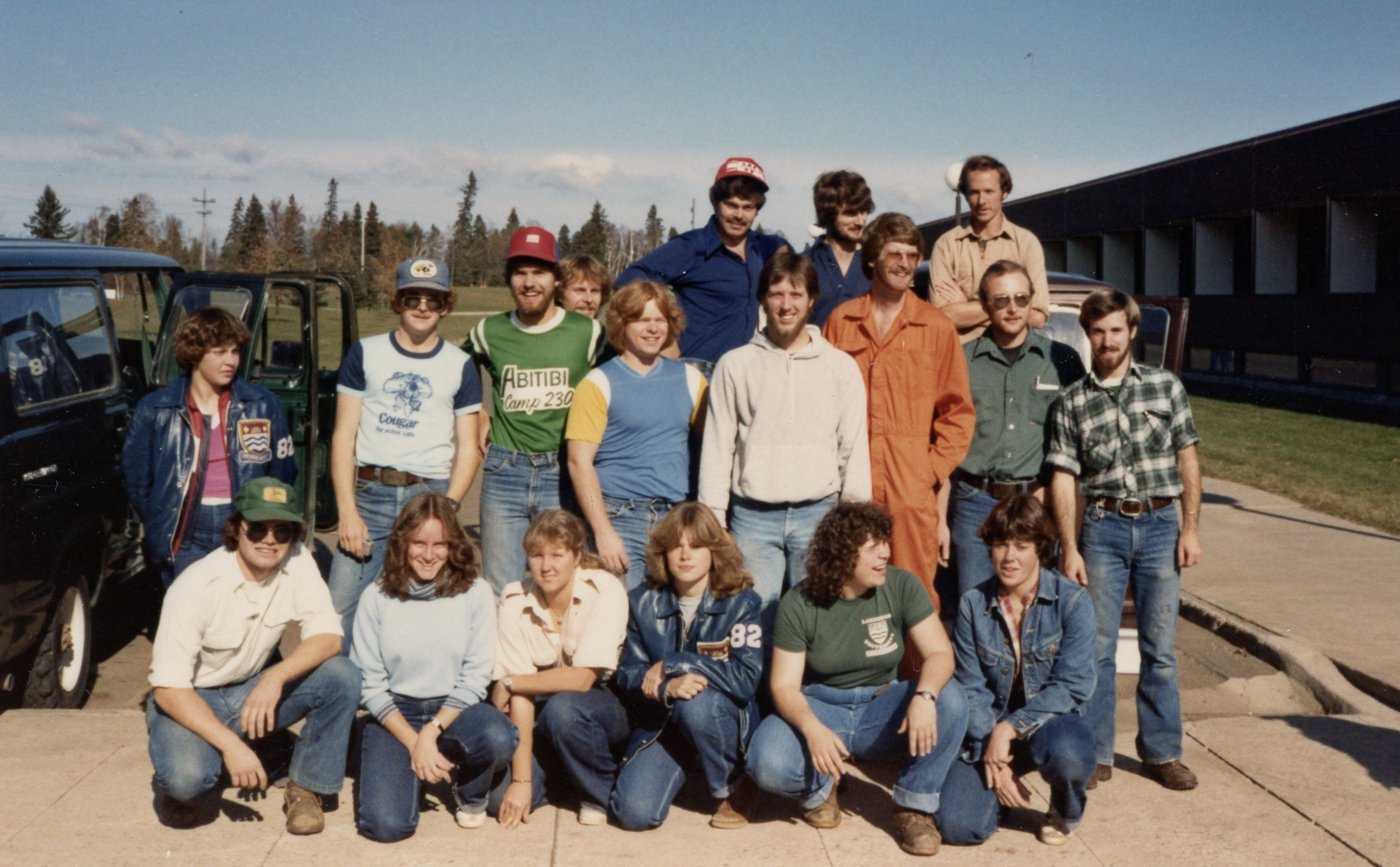Into the Forest
Thursday, February 15, 2024 / Online

When Faye Johnson (née Verheggen) was a Lakehead student, she spent her summers doing fieldwork like tree planting for the Ministry of Natural Resources (MNR).
“It was brutal and backbreaking work, but it was one of the few forestry-related jobs available to us in the 1970s,” Faye says. “The saplings were large, over 60 cm tall…and then there were the bugs.”
Today, she’s the chair of the Temagami Forest Management Corporation (TFMC)—a 600,000-hectare forest near North Bay, Ontario.
“We are a Crown agency with a mandate to sustainably harvest wood and provide local economic opportunities,” she says. “Forest management corporations like Temagami arose after Northern Ontario lost half of its forest industry in the 2008 downturn. This was devastating for many small towns, so they began lobbying for the development of local forest management corporations—Crown agencies with a board of directors composed of local community members, First Nations, local forestry experts, and members at large.”

Pictured right: TFMC board of directors, including Faye, during a recent trip to the Temagami Forest. Over time, careers in forest policy development and environmental advocacy have become more popular options within the forestry profession.
Faye’s forestry career was sparked by the combination of a high school aptitude test and her love of the wilderness.
“I grew up on the outskirts of Toronto—it was the sixties when parents would give their kids a packed lunch in the morning and tell them to come back at suppertime. I’d explore nearby parks and ravines with my siblings and my friends. Family camping trips also deepened my connection to the outdoors.”
Faye was accepted to both Lakehead and the University of Toronto to study forestry, but the idea of experiencing the north won her over. In 1982, she graduated with her Honours Bachelor of Science in Forestry and began working for the MNR’s Ontario Forest Research Institute in Thunder Bay. This led to a two-year silviculture internship in Geraldton, Ontario, followed by a job as a nursery forester growing seedlings for the MNR.
When the MNR handed over its seedling industry to the private sector, Faye found a job with Grant Forest Products and discovered that she loved both the business of forestry and the company’s focus on local economic development.
“It felt like we were a family,” Faye says.
Unfortunately, Grant went into bankruptcy protection, prompting Faye to find a director position with the Ministry of Northern Development and Mines. Her portfolio included overseeing northern highways, a responsibility that gave rise to one of her career highlights—the construction of a new bridge over the Nipigon River on Highway 11/17.
“We had to decide to either construct a standard bridge or to do something special, so we went with a cable-stayed bridge,” she says. “We did it for the wow factor and the uniqueness as this is the only road that connects Canada’s east and west. The bridge stands out from most of Northern Ontario’s infrastructure, which is a little bland.”

Pictured left: The LU Woodsmen Team (Faye is the fourth from the left in the front row) prepares to leave for the University of New Brunswick’s 1980 Woodsmen Competition. This national competition requires forestry students to demonstrate their skills in traditional lumberjack activities such as axe throwing, wood chopping, log sawing, and pulp tossing.
Faye’s time away from the forestry sector turned out to be a temporary interlude. She jumped at the chance to rejoin the MNRF in 2013—first as the general manager of the Nawiinginokiima Forest Management Corporation and then as a director with the Forest Tenure and Economics Branch. Having a long career in forestry has allowed Faye to witness its evolution over the decades.
“Environmental science hadn’t been established when I started, and the work was more field oriented and unpredictable. Also, pretty much everything started with manual labour. Even Annual Allowable Cut calculations were completed manually. I remember a supervisor walking into the office in the early nineties with the district’s first computer, plopping it down, and telling us that it was all the computer we would ever need.”
Attitudes towards female foresters have changed dramatically, too. “When I came north in the early 1980s, it was very acceptable for people to tell women that they didn’t belong in the workplace. Harassment and missed job opportunities were common; they were to be expected,” Faye says. “Many of these challenges are less prevalent today.”
“I’ve really enjoyed my career,” she adds, “and my successes were linked to the small northern communities that helped raise my kids as well as the support of my family and friends who helped with my work-life balance.”

